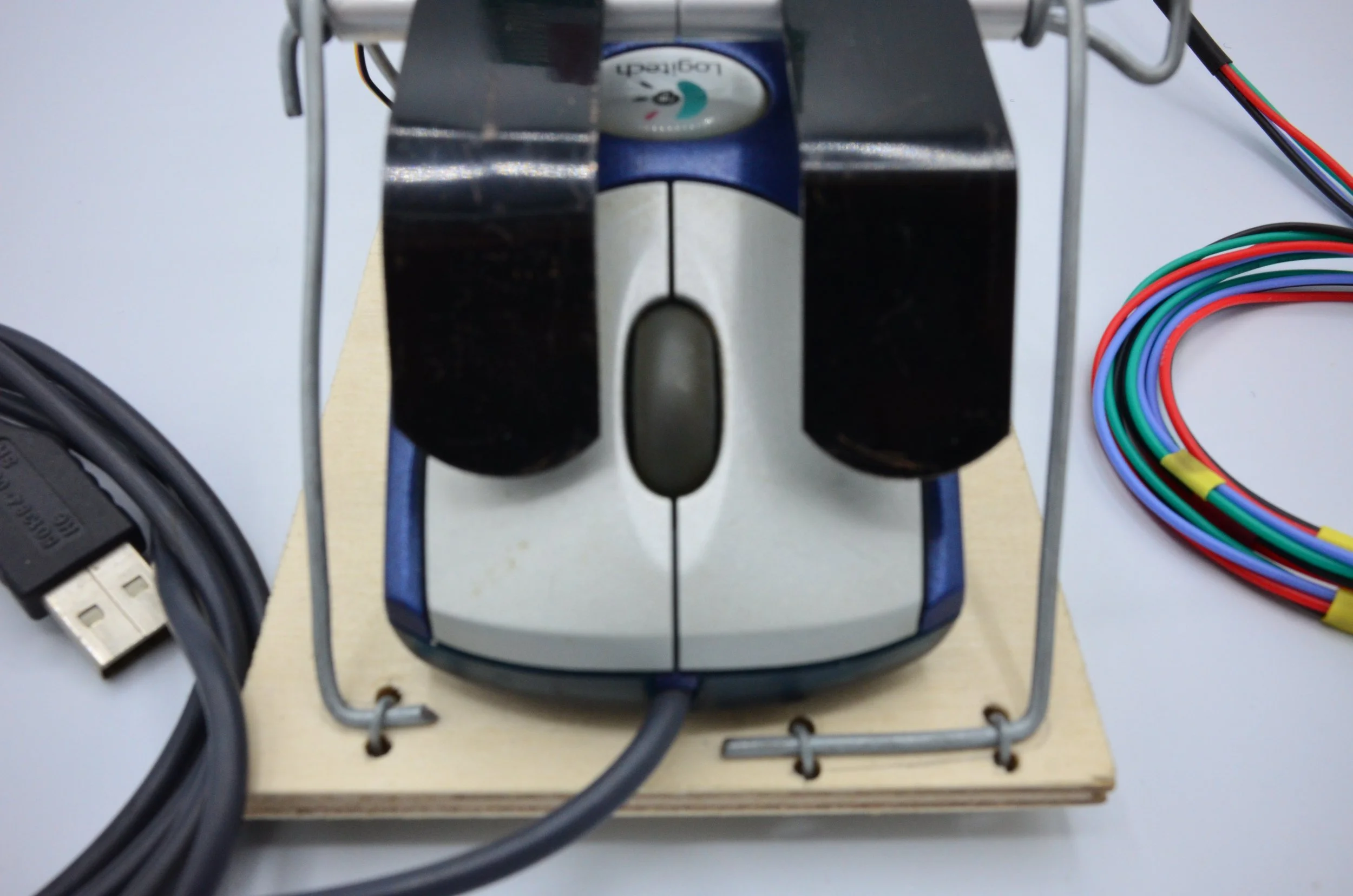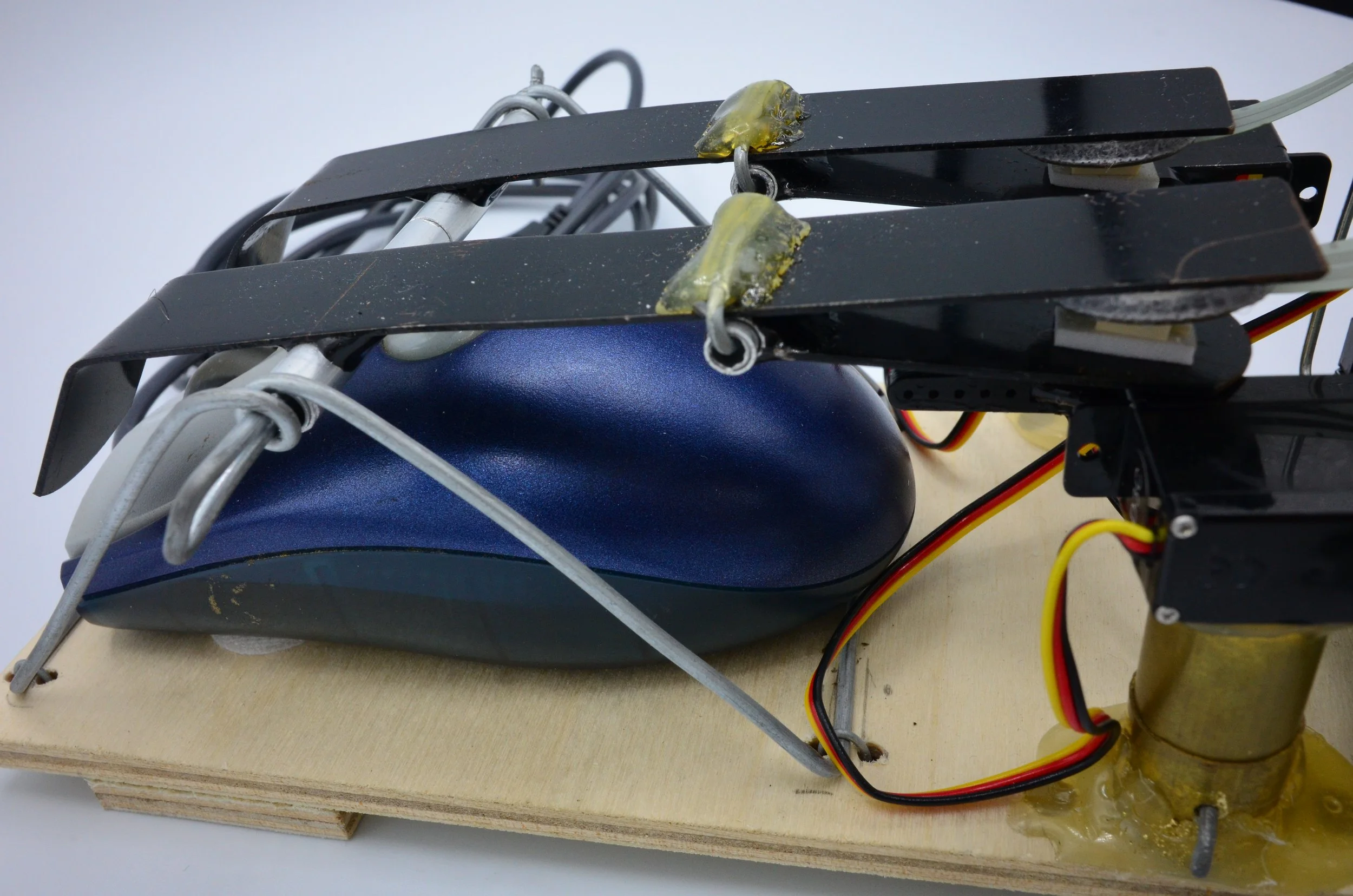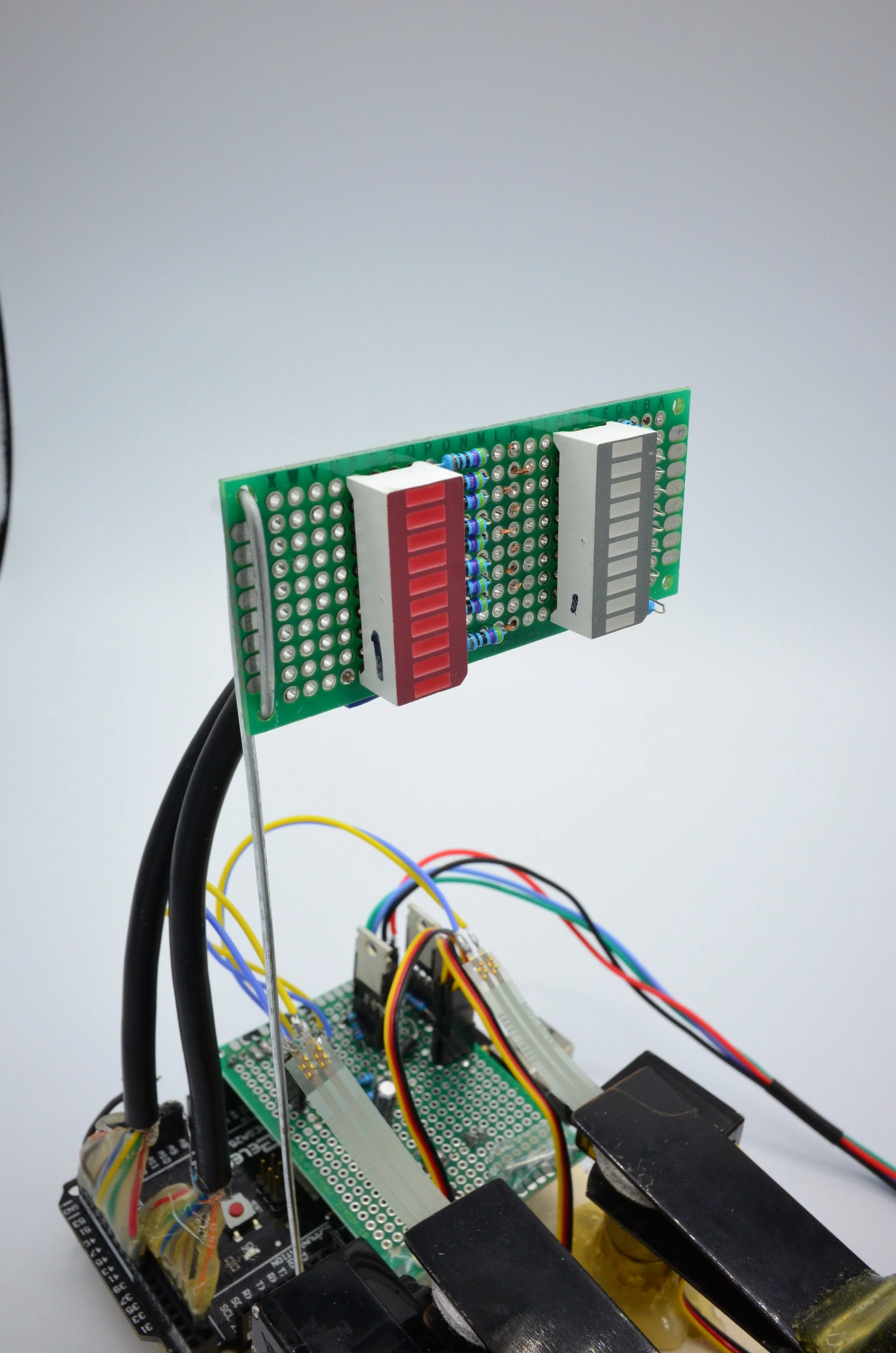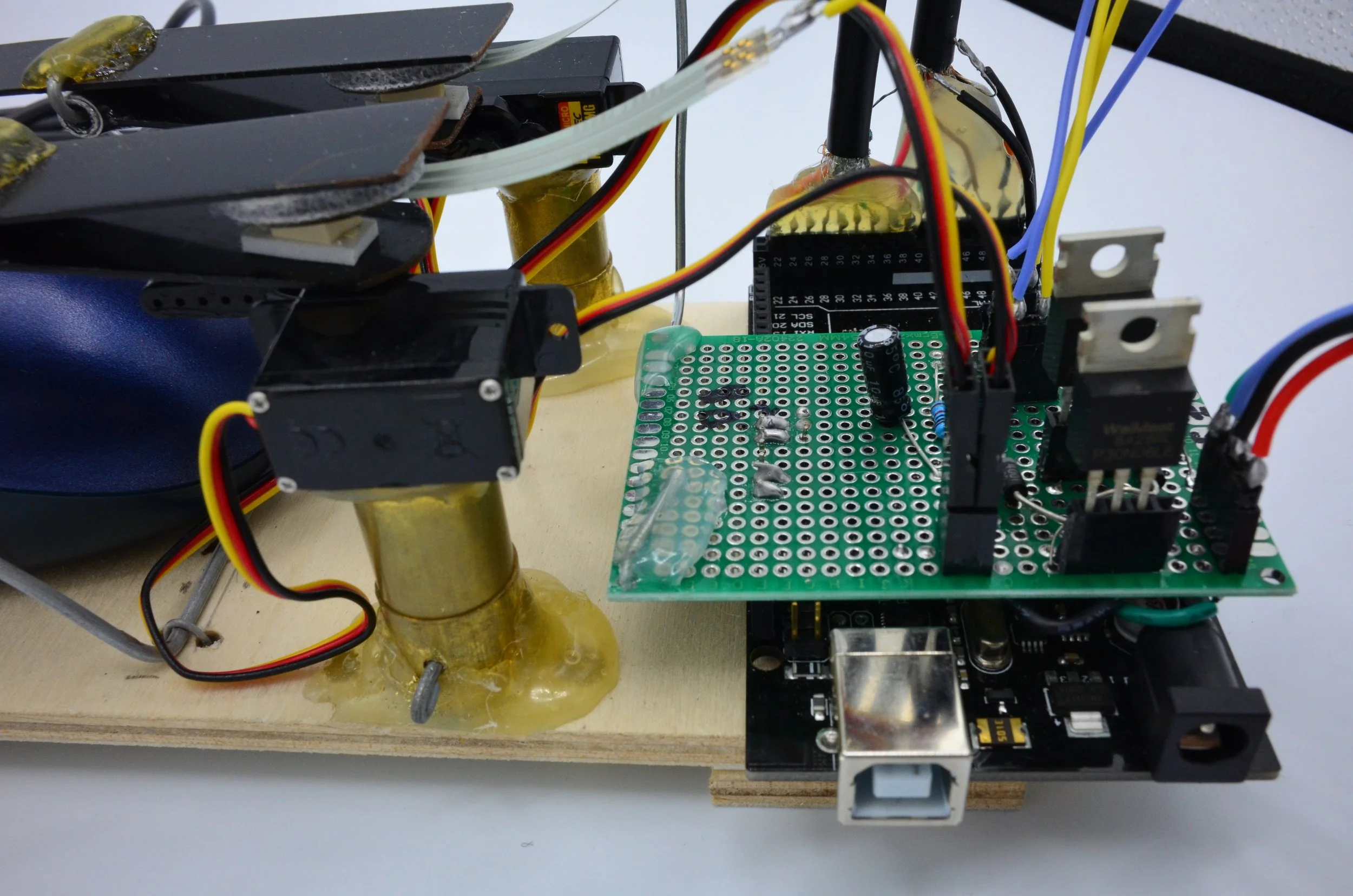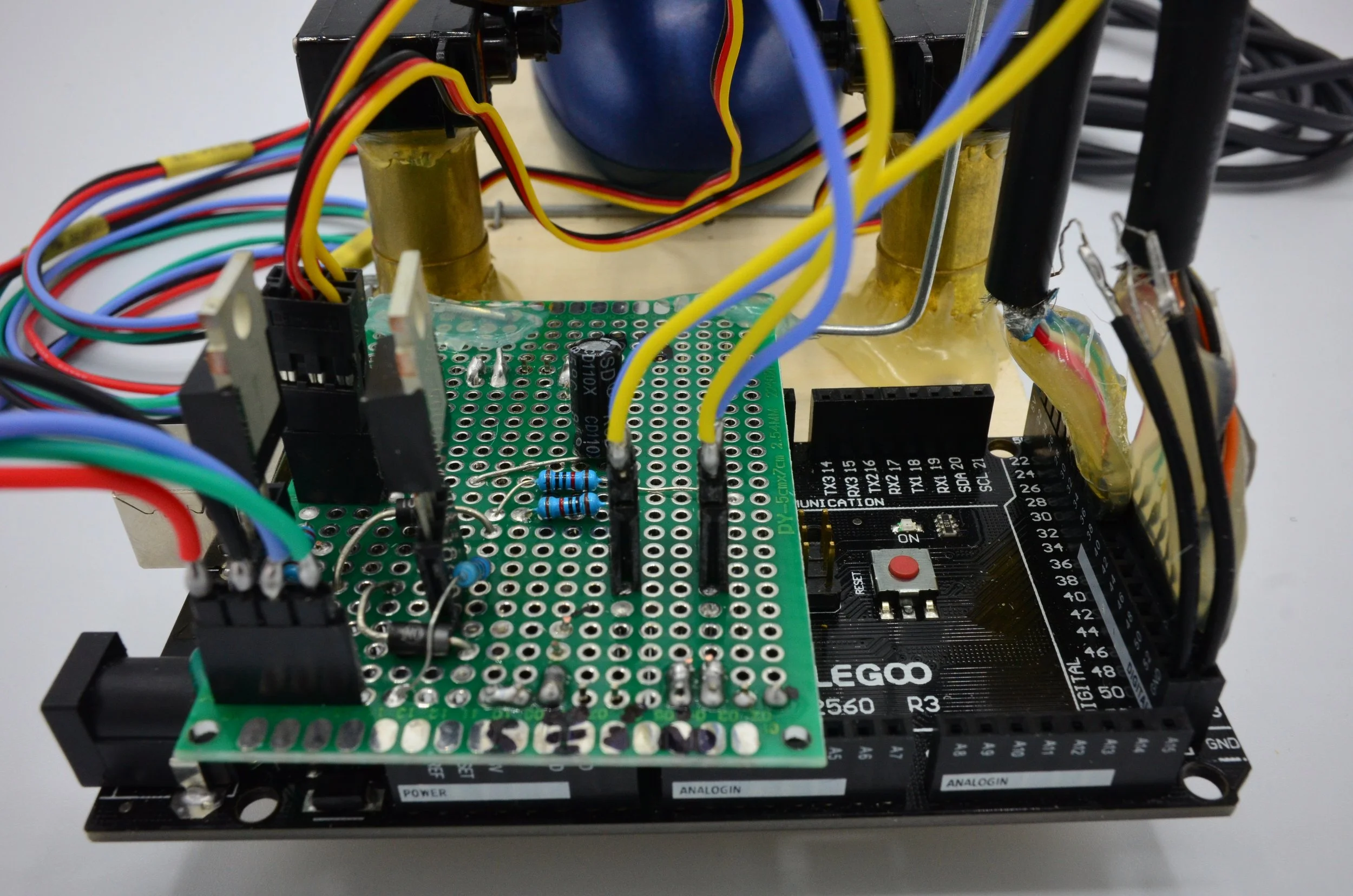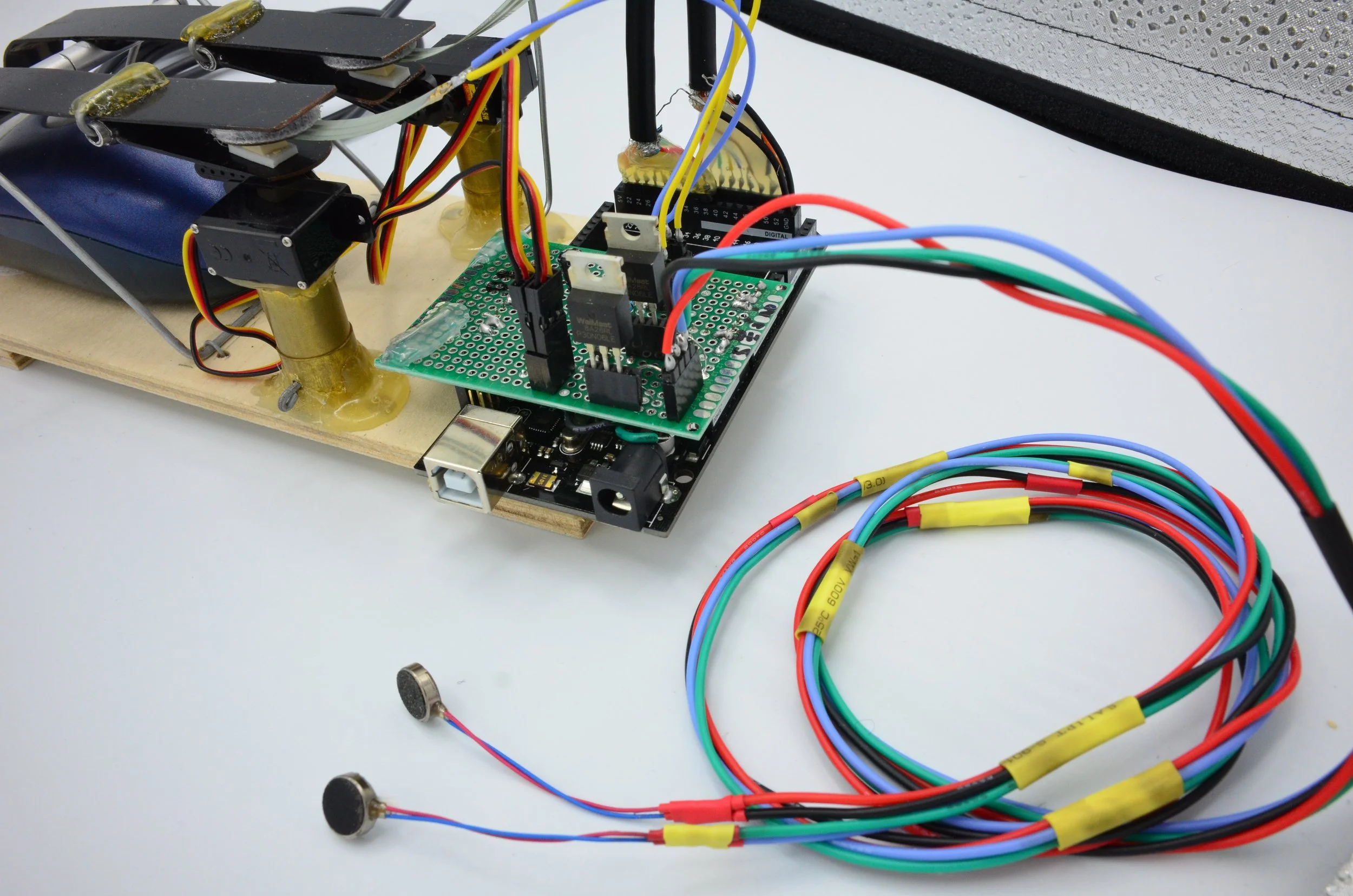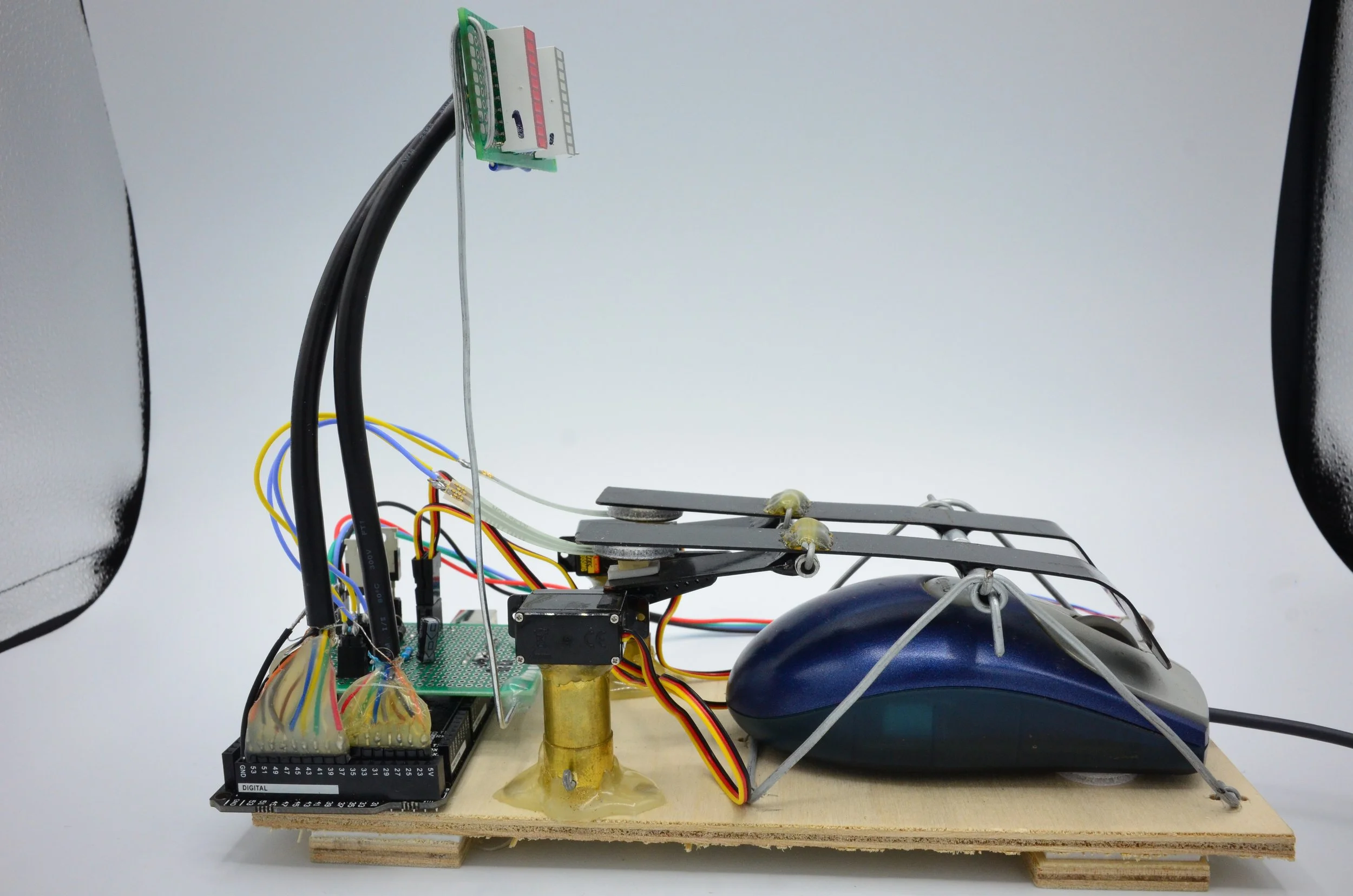Assistive Technologies
Empowering Through Design
Assistive technologies (AT) enhance lives by considering diverse abilities and involving users in every design stage. Embrace the digital era with inclusive solutions!
Mechatronics that empower people:
gaining physical agency over everyday objects.
Consumer product design typically relies on ergonomic standards and general guidelines. However, these conventional approaches often overlook the needs of individuals with varying abilities. This gap underscores the critical importance of assistive technologies. Assistive technologies (AT) encompass a wide range of devices, software, and equipment designed to enhance the functional capabilities of individuals with disabilities. In the new digital era, their importance has grown exponentially, as they empower users to engage with digital content, perform everyday tasks, and participate fully in society.
Such technologies must be meticulously crafted with specific users in mind, ideally employing a user-centered design process. This approach ensures that individuals who will use the product are actively involved in every stage of its design and development, thereby enhancing the product's usability and effectiveness.
The MouseClicker
A mechatronic AT to surrogate physical agency over a computer mouse and to foster the haptic sensory experience of clicking on it tailored specifically for an individual with Spinal Muscular Atrophy (SMA) who faces challenges in using a standard mouse due to severe hand motor impairments. Our design aims at replicating the holistic experience of clicking a mouse, from its functional mechanical actions to its nuanced tactile and auditory feedback.
The MouseClicker research and development has been published on the academic journal ACM Transactions on Accessible Computing.
The article “MouseClicker: Exploring Tactile Feedback and Physical Agency for People with Hand Motor Impairments“ details the MouseClicker’s design and reports on an exploratory user study aimed at identifying optimal vibrotactile feedback parameters – such as location, and intensity – that represent mouse button clicks. MouseClicker presents a step forward in AT design by integrating the functionality, sensory feedback, and the overall experience of taking control over non-AT devices.
